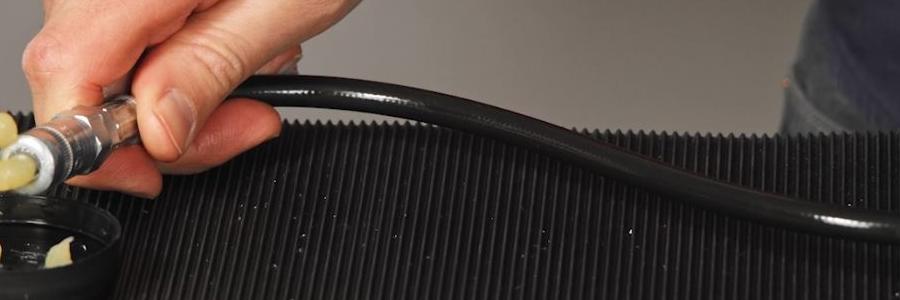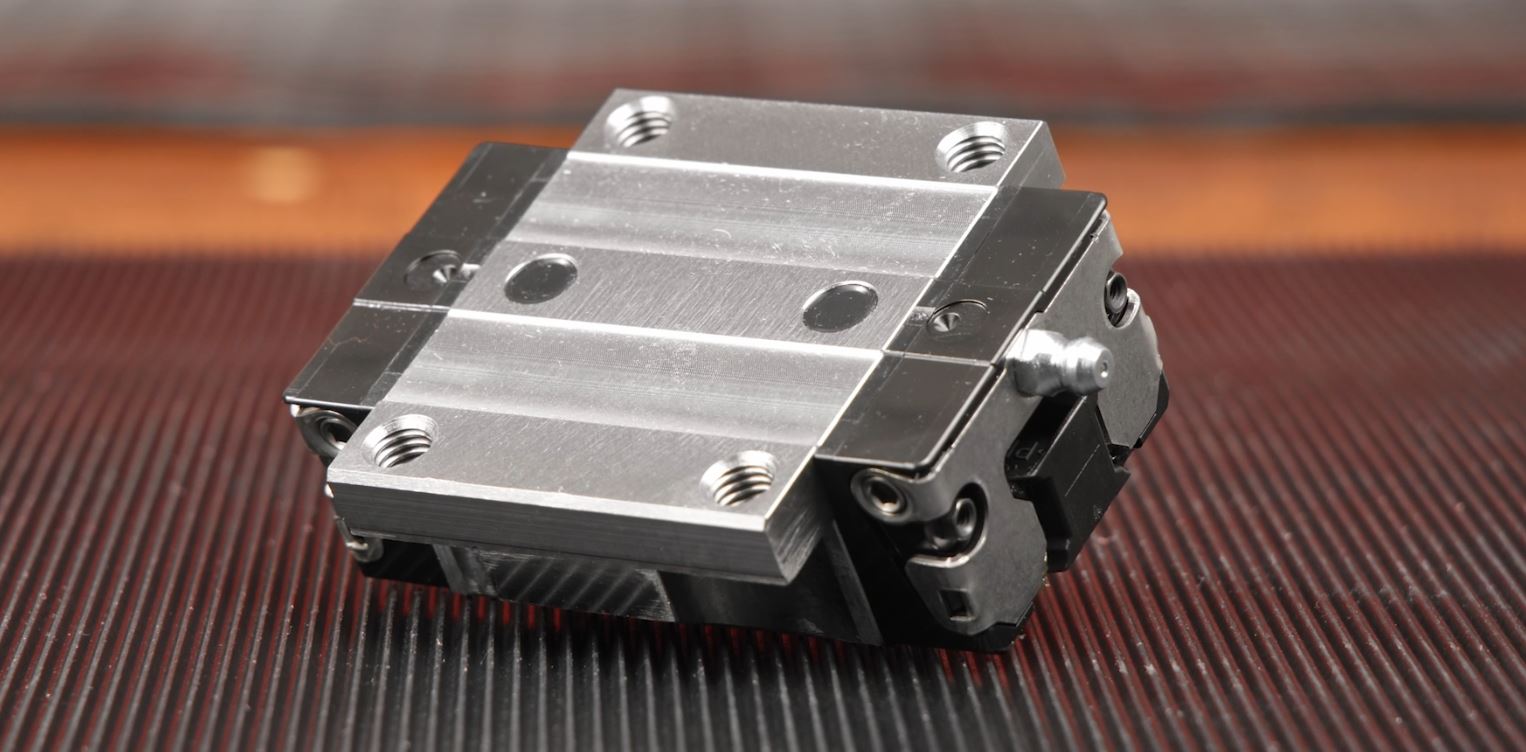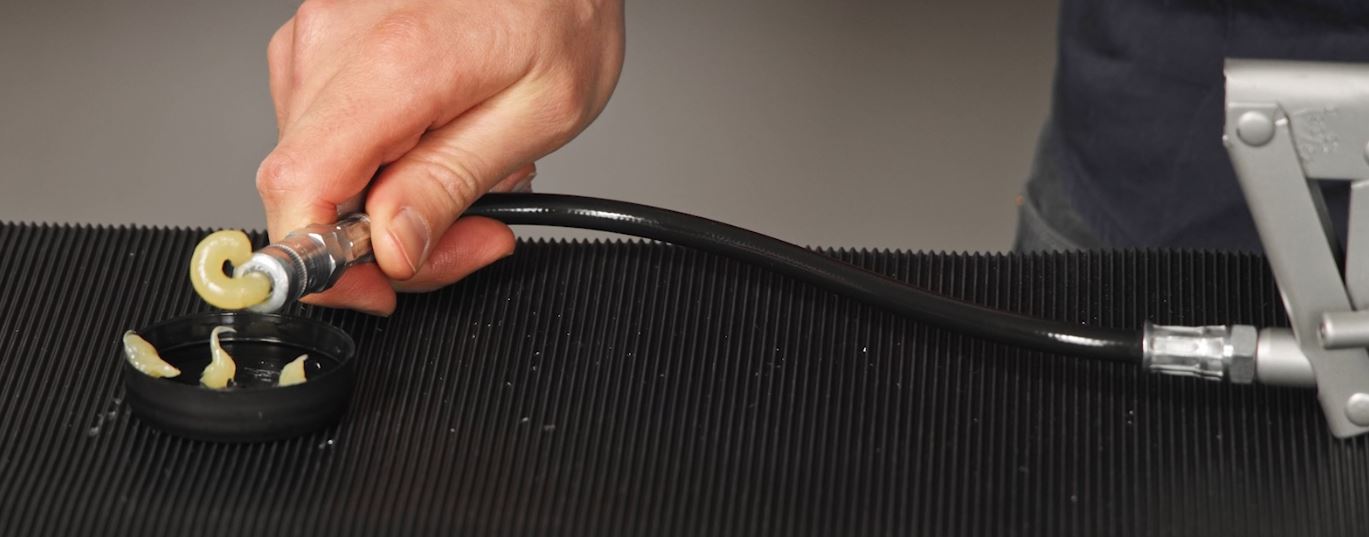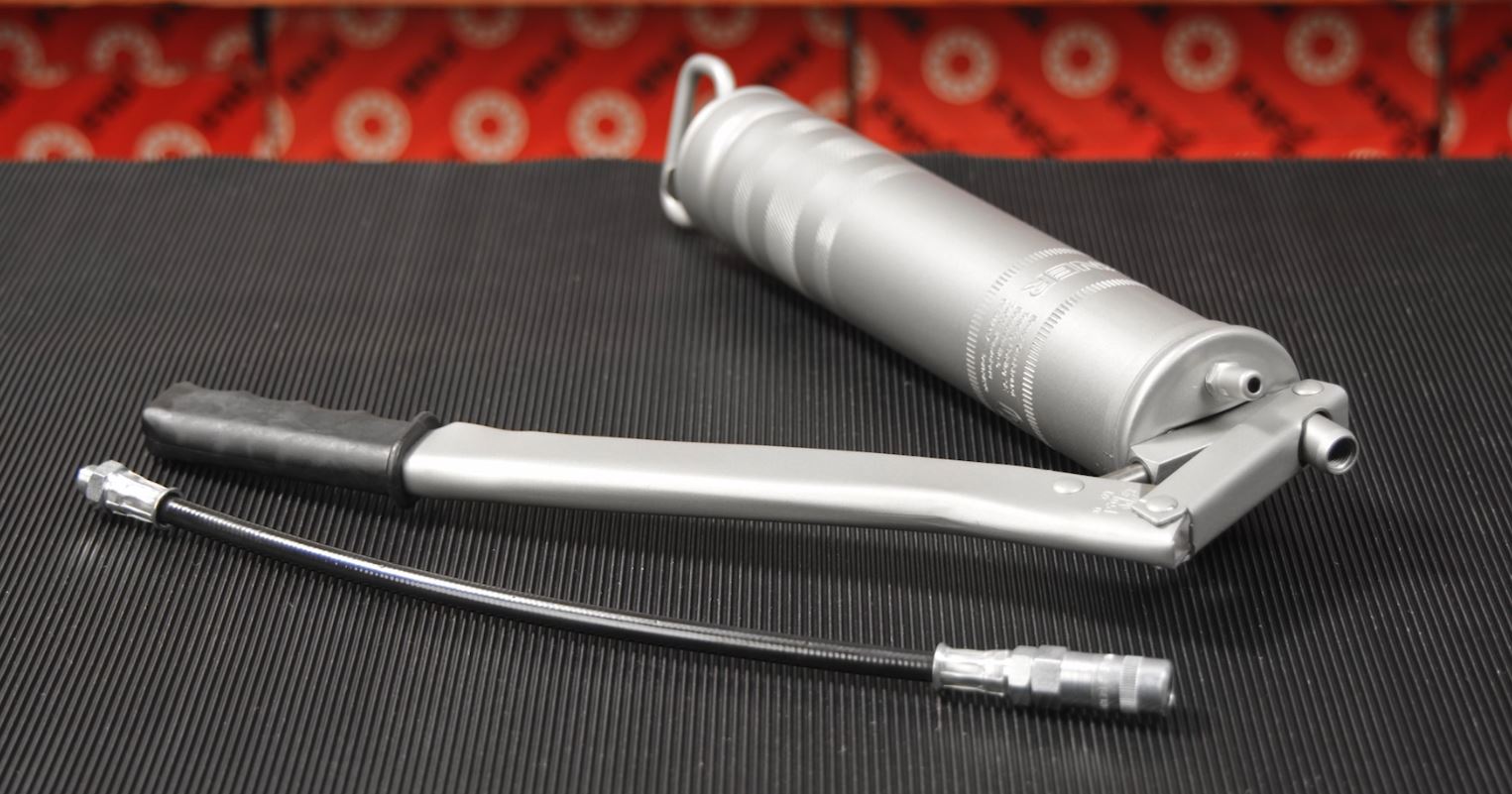How to Grease Linear Guide Rails: A Comprehensive Guide

The process of how to grease linear guide rails is the following. Start by cleaning the rails thoroughly, then choose the right lubricant and determine the amount of lubricant required for your system. Inject grease into the bearing through the grease fitting or apply the lubricant directly to the rails. Distribute it evenly along the rails by moving the bearing, and wiping off any excess. Follow these steps for optimal performance.
Introduction
Linear guide rails play a critical role in ensuring smooth and precise motion in various mechanical systems, including CNC machines to 3D printers.
Proper lubrication is essential to maintain the performance and longevity of these guide rails. In this comprehensive guide, we will explore the step-by-step process of greasing linear guide rails, discuss the types of lubricants to use, and highlight some of the products available at our shop that can help optimize your linear motion systems.
Whether you are a seasoned engineer or a DIY enthusiast, mastering the art of greasing linear guide rails is essential for ensuring optimal performance and reliability.
Figure 1 Linear carriage
Understanding Linear Guide Rails and the Importance of Lubrication
Linear guide rails are precision-engineered components that provide support and guidance to moving parts, such as linear bearings or slides.
They ensure smooth and accurate motion along a predetermined path, making them indispensable in a wide range of applications.
Proper lubrication of these guide rails is crucial for reducing friction, minimizing wear, and preventing premature failure.
Types of Lubricants for Linear Guide Rails
Choosing the right lubricant is essential for effective greasing of linear guide rails. Some common types of lubricants used in linear motion systems include:
1. Grease
Grease is a semi-solid lubricant (liquid grease also available) consisting of a base oil thickened with a soap or other thickener. It provides excellent lubrication and adhesion properties, making it suitable for linear guide rails exposed to moderate to heavy loads and speeds.
2. Oil
Oil lubrication involves applying a thin layer of oil to the guide rails. It offers low friction and high-speed capabilities, making it ideal for applications requiring precise and rapid movement at very low loads.
3. Solid Lubricants
Solid lubricants, such as graphite or molybdenum disulfide (MoS2), are often used in combination with grease or oil to enhance lubrication in extreme operating conditions since it further reduces the coefficient of friction. This option is especially useful in applications where regular relubrication is not feasible.
Figure 2 Grease for linear guide rails
Step-by-Step Process of Greasing Linear Guide Rails
Follow these steps to grease linear guide rails effectively:
1. Clean the Rails
Start by thoroughly cleaning the guide rails to remove any dirt, debris, or old lubricant residue. Use a mild solvent or degreaser and a clean cloth to wipe the rails clean.
2. Choose the Right Lubricant
Check linear guides producer's catalogs for recommendations about the type and amount of lubrication required. Select the appropriate lubricant based on the operating conditions of your linear motion system, such as load, speed, temperature, and environment. For example, if your application requires a clean environment, you can select one of our THK lubrications for clean environments.
3. Apply the Lubricant
Inject grease into the linear bearing (carriage) through the grease fitting or apply a small amount of lubricant evenly along the length of the guide rails. Ensure thorough coverage while avoiding excess buildup. When applying grease, a grease gun may come in handy.
4. Distribute the Lubricant
Move the carriage or sliding mechanism back and forth along the guide rails to distribute the lubricant evenly. This helps ensure that all contact surfaces are properly lubricated.
5. Wipe off Excess Lubricant
After distributing the lubricant, use a clean cloth to wipe off any excess grease or oil from the guide rails. Excessive lubricant buildup can attract dirt and debris, leading to accelerated wear and performance issues.
6. Inspect and Test
Once the lubrication process is complete, visually inspect the guide rails for any signs of uneven lubrication or contamination. Test the motion of the system to ensure smooth operation.
Figure 3 Grease gun
Best Practices for Greasing Linear Guide Rails:
To optimize the greasing process and maximize the performance of your linear motion system, consider the following best practices:
1. Follow Manufacturer Recommendations
Consult the manufacturer's guidelines and recommendations for the specific type of linear guide rails and lubricants used in your system.
2. Regular Maintenance Schedule
Implement a regular maintenance schedule to ensure that linear guide rails are greased at appropriate intervals, depending on usage and operating conditions.
3. Monitor Performance
Keep track of the performance of your linear motion system, including any changes in motion, noise, or vibration, which may indicate the need for re-greasing or other maintenance.
4. Use High-Quality Products
Choose high-quality lubricants and greases specifically designed for linear motion systems to ensure optimal performance and compatibility with the components.
How to Grease Linear Guide Rails: Mistakes to Avoid
1. Over-Greasing
Avoid applying excessive grease, as it can lead to buildup, attract dirt, and cause increased friction, the opposite of the desired effect.
2. Under-Greasing
Ensure adequate lubrication by avoiding insufficient greasing, which can result in increased wear, friction, and premature failure of the linear guide rails.
3. Using the Wrong Lubricant
Selecting the wrong type of lubricant for your linear motion system can lead to compatibility issues, reduced performance, and potential damage to components.
4. Uneven Distribution
Failure to evenly distribute the lubricant along the length of the guide rails can result in uneven wear, reduced efficiency, and compromised performance.
5. Neglecting Cleaning
Skipping the cleaning step before greasing can lead to contamination of the lubricant, reduced effectiveness, and accelerated wear of the guide rails.
6. Ignoring Manufacturer Recommendations
Disregarding the manufacturer's guidelines and recommendations for greasing frequency, lubricant type, and application method can result in suboptimal performance and premature failure.
7. Not Monitoring Performance
Failing to monitor the performance of the linear motion system after greasing can lead to overlooked issues, such as increased noise, vibration, or degradation in motion quality.
8. Mixing Lubricants
Avoid mixing different types of lubricants, as incompatible formulations can result in chemical reactions, reduced effectiveness, and potential damage to the guide rails and associated components.
Conclusion
In conclusion, greasing linear guide rails is a critical maintenance task that ensures smooth and reliable operation of linear motion systems.
By understanding the importance of lubrication, selecting the right lubricants, and following best practices for greasing, you can optimize the performance and longevity of your machinery and equipment.
Explore the wide range of linear motion products we offer to find the one for your application.
Trust Tuli Shop for all your linear motion needs.






























Leave a Comment
Your email address will not be published. Required fields are marked *